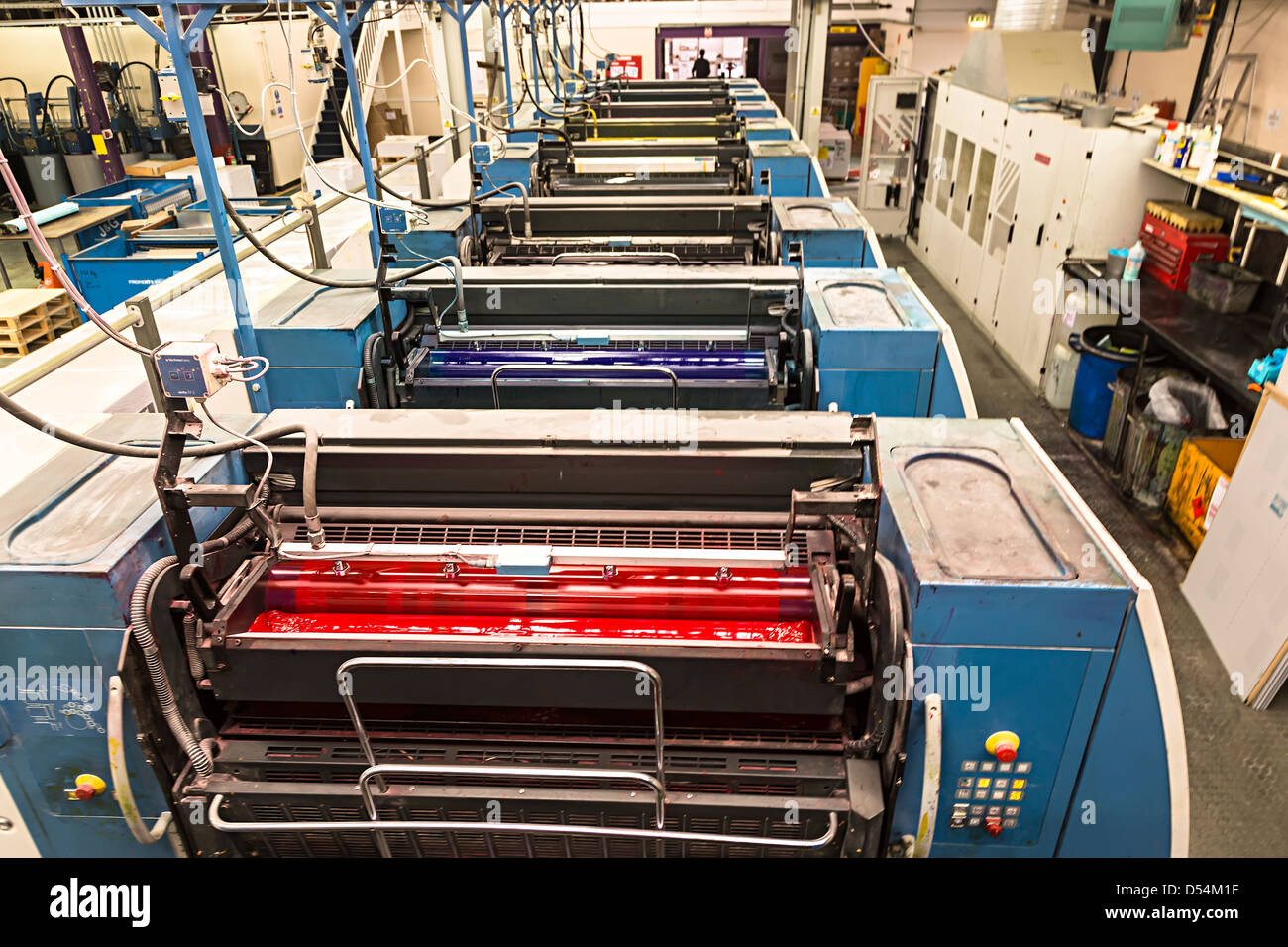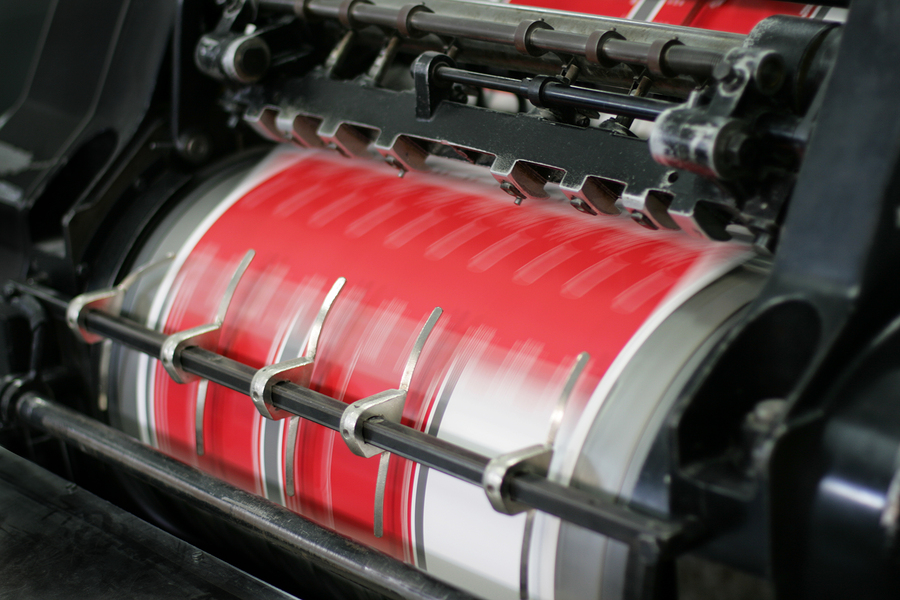Eco-Friendly and Low-Impact Options in litho printing
Eco-Friendly and Low-Impact Options in litho printing
Blog Article
A Comprehensive Overview to Understanding Litho Printing Methods
The world of litho printing, a method stemming from the late 18th century, is a fascinating blend of history, advancement, scientific research and art. This thorough overview will decipher the intricacies of this printing technique, from the structure of litho inks to the obstacles encountered in modern applications. As we venture into the ins and outs of lithography, the importance of automation and sustainability in ensuring its future significance comes to be increasingly clear. Stick with us as we trip into the captivating world of litho printing.
The Historic Evolution of Litho Printing
The historical trajectory of litho printing, a critical innovation in the realm of communication, is a fascinating tale of human ingenuity. Birthed in the late 18th century by Alois Senefelder, this technique was initially an economical method of publishing staged jobs. Lithography, acquired from the Greek words for 'rock' and 'to write', utilized a smooth stone surface area to move photos onto paper. The procedure progressed with the arrival of the rotating press, which significantly increased productivity (litho printing). In the 20th century, the technology of balanced out lithography changed the market, permitting mass production of high-quality prints. Each stage of litho printing's evolution showcases humankind's unrelenting quest of performance and quality in aesthetic interaction.
Decoding the Science Behind Litho Printing Inks
Moving onward in the exploration of litho printing techniques, the emphasis now shifts to the scientific research behind litho printing inks. The structure of these inks, their drying out procedure, and shade mixing methods create the backbone of this intricate art type. Recognizing these elements is crucial to mastering the craft and attaining the preferred print results.
Structure of Litho Inks
In lithographic printing, the fundamental role of litho inks can not be overstated. Pigments, the color-providing aspects, are finely ground particles put on hold in the automobile, a fluid that brings the pigment onto the printing surface area. Each part plays a vital component in the final print's high quality, making the accurate formula of litho inks an elaborate scientific research.
Ink Drying Refine
From the composition of litho inks, attention transforms to the remarkable procedure of ink drying. The drying out process is vital, as it impacts the final print's top quality and long life. Two primary methods are made use of in litho printing: oxidative drying out and absorption. Oxidative drying entails the ink responding with oxygen airborne to develop a hard, dry film. This method supplies a resilient finish, but can be slower contrasted to absorption. Absorption, on the various other hand, involves the ink leaking into the paper fibers, which is a much faster process however can result in less vibrant colors. The selection in between these techniques is dependent upon elements such as print speed needs, the paper type used, and the desired finish.
Shade Combining Methods
While the drying out process plays a key duty in litho printing, the scientific research of color blending methods holds equal significance. This is a complicated process that includes the careful blending of primaries: cyan, magenta, and yellow, in varying percentages to accomplish a broad selection of colors. The addition of black ink, understood as 'key', helps in regulating the strength and depth of the shades. The science behind litho printing inks additionally takes into consideration the openness of the ink, which affects just how colors overlay and mix. To accomplish a reliable color mix, print experts should additionally recognize the ins and outs of ink behavior, shade theory, and the physical homes of the substrate on which the ink is used.
The Art and Layout Components in Litho Printing
Litho printing breathes life right into art and design with its one-of-a-kind elements. The procedure involves creating a picture on a lithographic sedimentary rock plate or metal plate with a smooth surface area. The photo is after that published onto a tool, generally paper, by transferring the ink from the plate. What collections litho printing apart is its ability to replicate detailed designs with high fidelity, making the outcome almost identical to the initial art work. This is achieved with using various line techniques such as cross-hatching, hatching, and stippling, which permit an array of tonal results. In addition, litho printing accommodates a range of shades, making it possible for artists to create vibrant and vibrant prints. This mix of precision and flexibility makes litho printing a favored selection for many artists and developers.
Modern Applications of Litho Printing Methods
Litho printing strategies have actually discovered extensive use in the modern-day business industry. Its influence and importance proceed to grow with the development of brand-new technologies and modern technologies in the area. This area will certainly discover these contemporary applications and the transformative role they play in the printing sector.
Commercial Litho Printing Uses
In today's digital age, one might question the importance of standard printing approaches. Yet, litho printing remains a crucial component of the industrial industry. High-volume printing jobs, such as the production of publications, papers, and packaging, depend on litho printing for its ability to deliver exceptional image top quality and cost effectiveness. The procedure, which includes moving a tattooed image from a plate onto a rubber blanket and after that to the printing surface, supplies unequaled consistency. This makes it excellent for tasks requiring a large print run. Litho printing additionally offers a wide hop over to these guys shade range, above that of digital printing. This makes it the go-to selection for jobs that require dynamic, high-grade shade recreation.
Innovations in Litho Printing
Pushing the limits of conventional strategies, contemporary innovations have fueled a host of advancements in litho printing. These innovations have not just improved the quality and effectiveness of litho prints yet also broadened its application range. One prominent growth is electronic litho printing, which combines the virtues of electronic innovation with litho's high-grade outcome. This hybrid design supplies faster arrangement times, minimized waste, and makes it possible for on-demand printing. An additional remarkable development is the intro of ecologically friendly inks. These inks, made from vegetable or soy-based remedies, have significantly decreased the industry's ecological effect. litho printing. In addition, the development of advanced plate innovation has structured the printing process, causing sharper photos and boosted shade integrity. These technologies emphasize the long-lasting significance of litho printing in the contemporary world.
Discovering the Refine of Litho Printing: Step by Action

Difficulties and Solutions in Contemporary Litho Printing

Despite the accuracy and practice that litho printing proudly maintains, it is read what he said not without its collection of contemporary difficulties. One of the most common concerns consist of the high initial configuration price, problem in printing variable information, and ecological issues due to chemical usage. Services are emerging as innovation advances. Digital litho printing permits affordable short runs and easy customization, addressing the problem of variable data. Environmentally-friendly inks and much safer plate-making processes alleviate ecological concerns. Furthermore, advancements in automation have reduced labor expenses, further equalizing the lithography procedure. Therefore, while there are difficulties, the litho printing market is proactively adjusting to satisfy them head-on, guaranteeing its importance in the future.
Conclusion
To conclude, litho printing, with its rich background and scientific complexities, holds a considerable place in the print market. As the overview reveals, it's a synthesis of art and technology, with modern-day improvements ensuring its relevance. The industry faces difficulties that need innovative remedies, with an emphasis on automation and sustainability. The future of litho printing hinges on its ability to adjust to these altering demands, attesting its enduring value in a browse around this web-site developing market.

Report this page